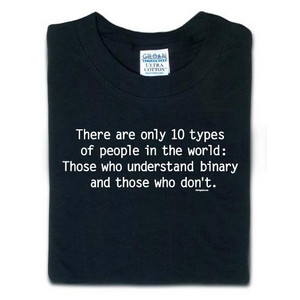Grade 7 Math Topics:Number
- Determine and explain why a number is divisible by 2, 3, 4, 5, 6, 8, 9 or 10, and why a number cannot be divided by 0. - Demonstrate an understanding of the addition, subtraction, multiplication and division of decimals to solve problems (for more than 1-digit divisors or 2-digit multipliers, the use of technology is expected). - Solve problems involving percents from 1% to 100%. - Demonstrate an understanding of the relationship between positive terminating decimals and positive fractions and between positive repeating decimals and positive fractions. - Demonstrate an understanding of adding and subtracting positive fractions and mixed numbers, with like and unlike denominators, concretely, pictorially and symbolically (limited to positive sums and differences). - Demonstrate an understanding of addition and subtraction of integers, concretely, pictorially and symbolically. Compare and order positive fractions, positive decimals (to thousandths) and whole numbers by using: benchmarks, place value, equivalent fractions and/or decimals. Patterns - Demonstrate an understanding of oral and written patterns and their equivalent linear relations. - Create a table of values from a linear relation, graph the table of values, and analyze the graph to draw conclusions and solve problems. - Demonstrate an understanding of preservation of equality by:modelling preservation of equality, concretely, pictorially and symbolically and applying preservation of equality to solve equations. - Explain the difference between an expression and an equation. - Evaluate an expression, given the value of the variable(s). - Model and solve, concretely, pictorially and symbolically, problems that can be represented by one-step linear equations of the form x + a = b, where a and b are integers. - Model and solve, concretely, pictorially and symbolically, problems that can be represented by linear equations of the form:
Shape and Space - Demonstrate an understanding of circles by:
-Develop and apply a formula for determining the area of: triangles, parallelograms and circles. -Perform geometric constructions, including: perpendicular line segments, parallel line segments, perpendicular bisectors and angle bisectors. - Identify and plot points in the four quadrants of a Cartesian plane, using integral ordered pairs. - Perform and describe transformations (translations, rotations or reflections) of a 2-D shape in all four quadrants of a Cartesian plane (limited to integral number vertices). Statistics: -Demonstrate an understanding of central tendency and range by determining the measures of central tendency (mean, median, mode) and range and determining the most appropriate measures of central tendency to report findings. - Determine the effect on the mean, median and mode when an outlier is included in a data set. - Construct, label and interpret circle graphs to solve problems. - Express probabilities as ratios, fractions and percents. - Identify the sample space (where the combined sample space has 36 or fewer elements) for a probability experiment involving two independent events. - Conduct a probability experiment to compare the theoretical probability (determined using a tree diagram, table or other graphic organizer) and experimental probability of two independent events. |

